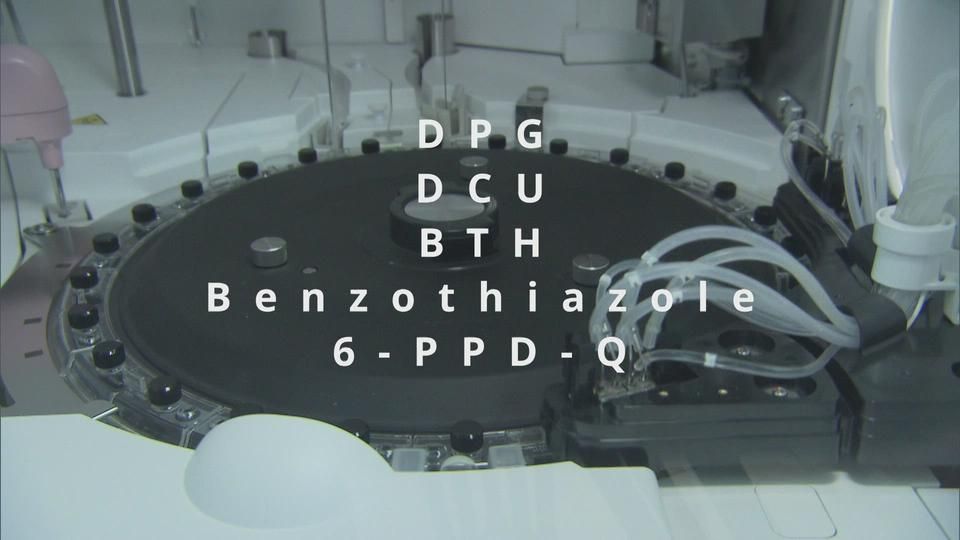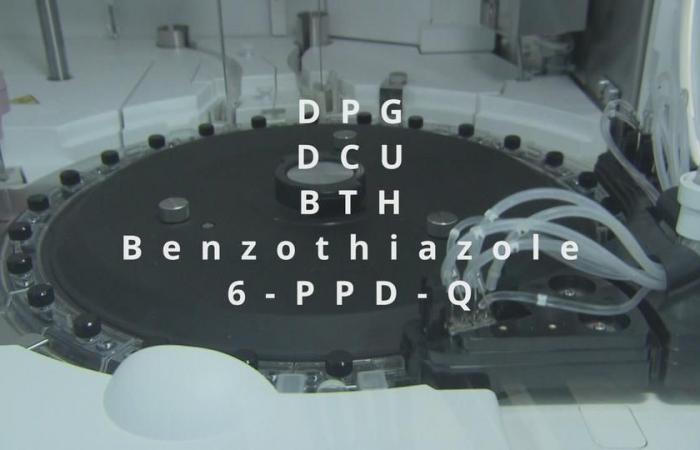Tire additives are transferred to the food chain, indicates an EPFL study and the Federal Office for Food Safety and Veterinary Affairs (OSAV): 31% of samples contain traces of these substances. The consequences on health must still be examined.
Traces of additives typically used in the manufacture of tires have been detected in all the most commonly consumed fruits and vegetables in Switzerland, according to thestudy EPFL and OSAV published in the Journal of Hazardous Materials.
Scientists ignore the long -term consequences of this exposure on human health at this stage. Additional studies will have to specify, notes the EPFL on Tuesday in a press release.
Two precursor Austrian studies
This research follows the quote in August 2023 of two Austrian studies showing the presence of these additives on leafy vegetables in the German magazine K-tip. After this publication, which caused a stir, the OSV contacted the researcher Florian Breider, director of the central environmental laboratory (Gr-cel) at the EPFL, in order to investigate this question in Switzerland by taking into account a wider range of vegetables.
“We have built this study together, taking around a hundred fruits and vegetables among the most consumed in Switzerland in nine representative distributors, ranging from large brands to organic markets and small neighborhood grocery stores,” explains Florian Breider.
Bios too
Thanks to OSV consumption statistics, the study made it possible to establish a theoretical daily exposure rate to these ingestion molecules. Result: 31% of samples contain traces of these substances, including the 6ppd and the 6pp-quinone.
>> Review with a tire residues in vegetables:

And this, regardless of the origin of fruits and vegetables and whether organic or not: “The diet being generally the same throughout Western Europe, one can imagine that these figures are representative of the exposure to these particles in neighboring countries”, indicates Florian Breider.
Only studies on rodents have to date establish the toxicity of tire additives on mammals, in particular the DPG, the 6PPD and the 6PPD-Quinone. With the results of a drop in male fertility and the occurrence of neurotoxic and neuro-inflammatory effects. The critical threshold for humans is not yet known.
-We do not know how these molecules are metabolized by the human body

“We do not know how these molecules are metabolized by the human body, we must therefore be interested in it, because we are all exposed there and probably in particular certain categories of the population, such as road workers,” said Florian Breider. To find out more, Chinese laboratories are currently carrying out in -depth studies on its population by analyzing the presence of these substances in blood and urine. At the EPFL, the GR-CEL plans to get down to it in the coming months.
Inhalation et ingestion
Exposure to tire additives comes from their wear on the road. Tires contain additives such as antioxidants and vulcanizing agents, whose toxicity is still unknown. These particles propagate in the atmosphere, are deposited on the floors or are transported by runoff. Human beings are exposed there as much by inhalation as the ingestion of food.
According to a study From 2017, around 6 million tonnes of these additives are released in the environment each year. Another one analyse carried out in 2023 notes that the exposure does not spare rural areas, as the frequency of road traffic is not significant (Read box).
An EPFL study has even shown that these components were found in the Alpine lakes. Exposure can therefore be compared to those of other micropollutants.
>> Lire : Water pollution by tire residues also affects fish
ats/sjaq










